Thanks to a fellow badminton player for lending it to me, I have finally completed the two remaining high-end models in the Pulse series that are still on the market. This time, it’s the big brother of the series, the TI99. Based on the specifications, the most notable difference between the TI99 and TI98 is the swing weight. Initially, I thought this would be a difficult racket to use for offense, but once again, I was pleasantly surprised. I love the feeling of unpredictability, yet I can’t deny its excellence.

Specifications: 3UG5, with bottom cap, total weight 94.39g in used condition, balance point 298mm, shaft length 218mm, high stiffness, box-type frame, 72-hole string bed, 9–3 o’clock string grooves, 30lbs warranty, strung at 28-30lbs with Li Ning L67.
It’s a classic color scheme: fiery red and metallic silver. The transition in the middle of the frame is very sharp, giving it that straightforward old-school feel. Due to the titanium mesh texture, the entire racket has a great sense of layering, making it both visually appealing and timeless. However, in some details, it remains quite traditional, for instance, it uses almost no stickers, but the glossy paint gives it an excellent texture, like a New World Cabernet Sauvignon, with a refined appearance that enhances the racket’s overall look. Though it’s a reissue, it has successfully retained the charm of the original details.
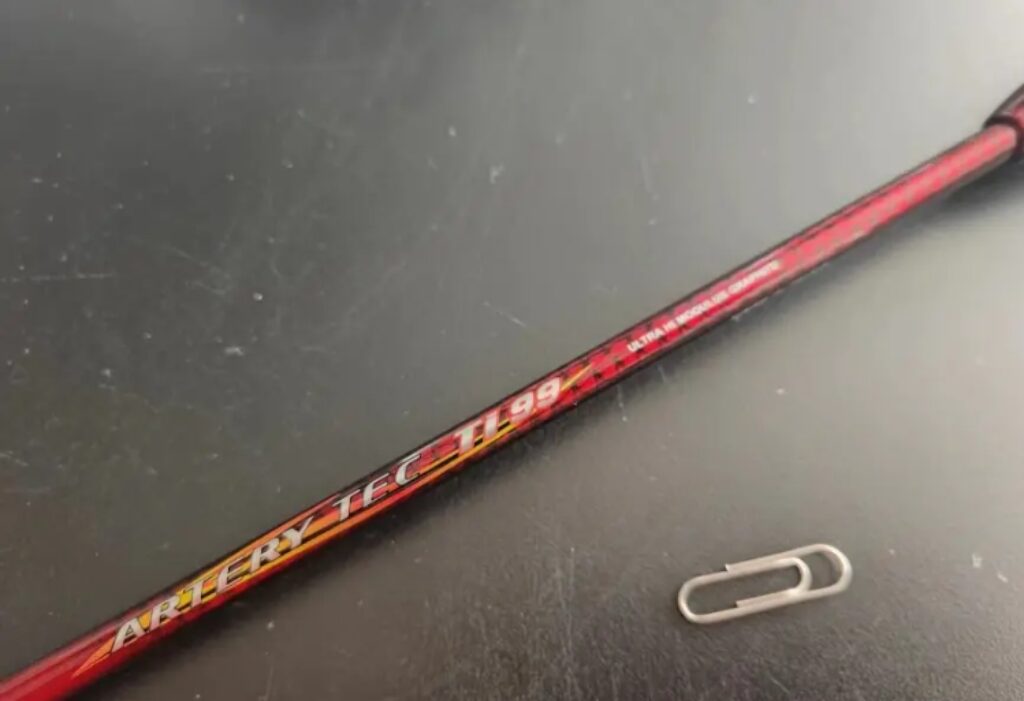
Though the racket is said to have a heavier head, I couldn’t help but laugh when I held it. Yes, compared to the TI98, the TI99 does feel heavier, but considering the existence of extreme offensive rackets like the Black Dragon Tooth, TK9900, and Yu 10M, it’s hard to say that the TI99’s swing weight would be too much for intermediate players. In my opinion, the 3U version is still slightly head-heavy but remains balanced overall. The TI99’s elasticity is well-displayed during active shots, and the drive feel from the shaft, aided by the frame’s weight, is relatively easy to harness.
Since it has a small flat head, some users might find the distribution of the sweet spot unusual. However, after comparing it, I realized the head curvature of the TI99 is actually quite similar to the 100ZZ; it’s just narrower by a frame thickness. For those accustomed to similar rackets, this shouldn’t be an issue. The feeling when hitting the sweet spot wasn’t as explosive as I expected. There’s a rumor that the reissue swapped the original egg-shaped head for a flat one, making the original string bed’s performance something to look forward to.
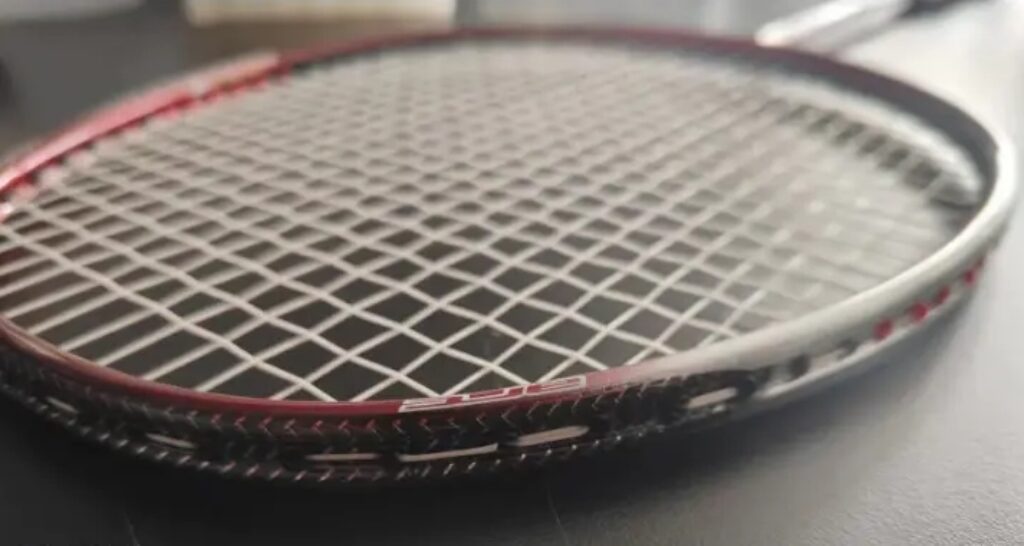
Let’s skip over the TI99’s performance in flat drives and fast exchanges. Although I can still manage some continuous shots with it, this racket wasn’t designed for that. Discussions on performance should be framed within its intended use. So, what should we talk about? Of course, the feel!
The shaft and frame are both stable and elastic. Back in the day, I would even say it performed better than the ArcSaber series. Its stiffness supports a solid feel, providing good directional control. I especially enjoy its stability during long rallies, which saves both effort and stress. Once again, I didn’t find the racket heavy, so its power wasn’t overwhelming. I guess many players who claim the TI99 is too heavy are either long-time users of 4U rackets or are intimidated by the specs.
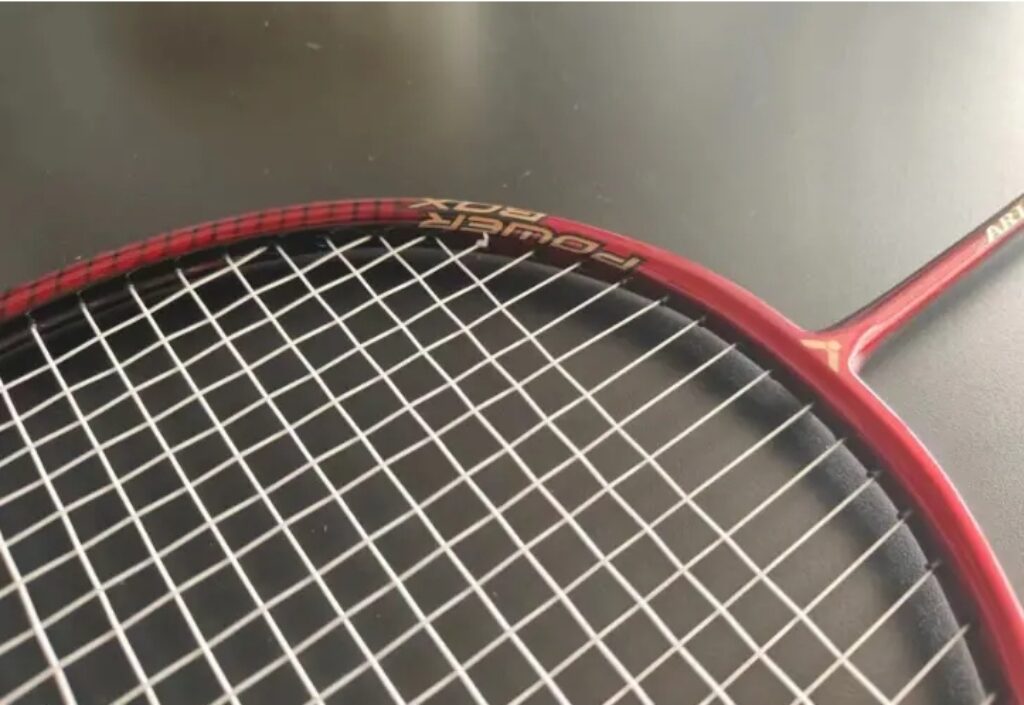
However, the racket wasn’t ideal for front-court play, especially when intercepting at the net, where the slower response took some getting used to. Due to its weight, the TI99’s stability in small net shots was actually better suited to my playstyle than the TI98. However, the TI98’s lighter swing weight offers better agility, especially in doubles.
The increased downward pressure made a noticeable difference in smashes. When I had enough time and space for a full swing, the TI99 outperformed the TI98 in delivering sharper, more solid smashes with powerful placement. If you consistently hit the sweet spot, the offensive experience can become quite addictive. From my perspective, if you can handle the TI99’s swing weight, it’s not difficult to generate offensive pressure with it. Compared to extreme offensive rackets today, it’s still relatively user-friendly. Additionally, after pairing the racket with high-tension strings, its excellent shock absorption became apparent. After two hours of play at high tension, I experienced no discomfort in my arms, which is rare.
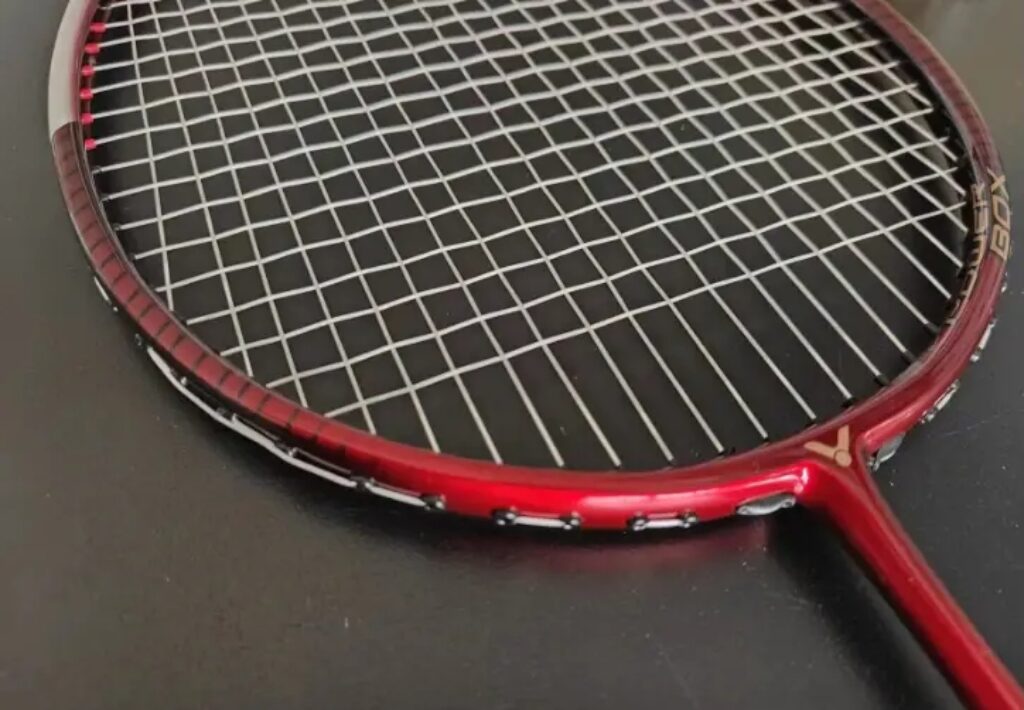
Similarly, in defense, there’s not much difference in feel between the TI99 and TI98. For difficult shots like backhands or underarm shots, the TI99 performed well with soft blocks.
One more thing to mention: the racket has excellent high-tension durability without the “dead” feel of frames reinforced with FRS. When high-grade carbon fiber is used, the false sense of durability comes from FRS, while true durability comes from E.TITANIUM. Just as I was about to suggest, “If you can’t afford the Platinum Claw, try the TI99 first,” I realized it was indeed once used by TTY, and it’s definitely more fun than the TK7000S. Upon reflection, I was being a bit hasty.
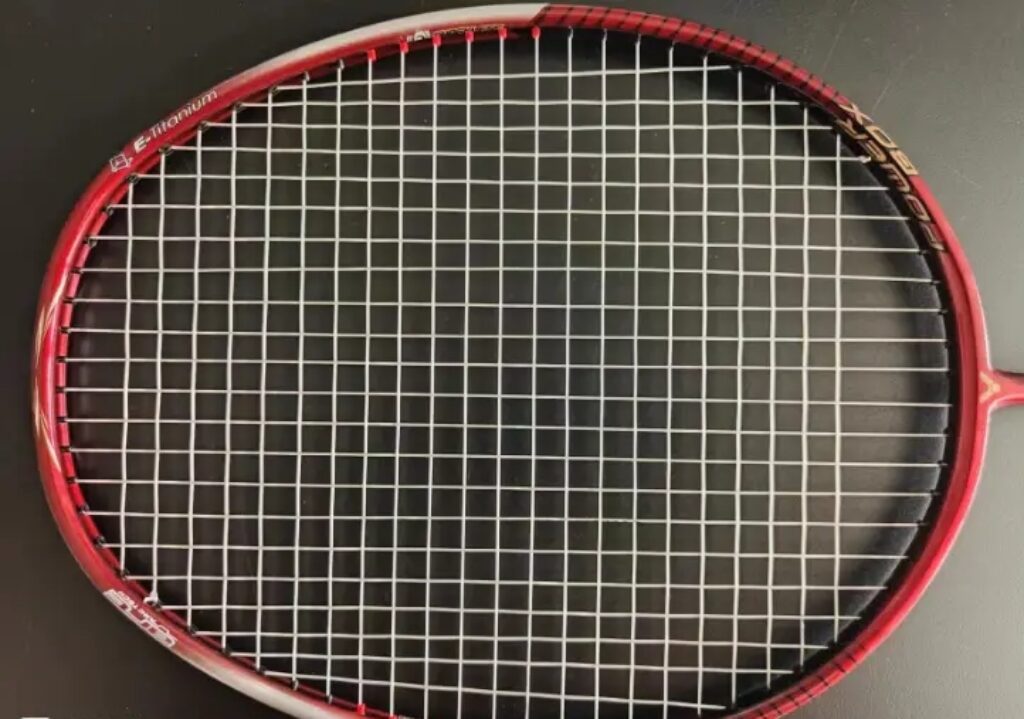
This is a very fun racket to play with—neither outdated nor compromised. The performance it delivers still holds up today. An excellent choice in terms of value for money, old school, but it’s unlikely to attract many players nowadays.

Leave a Reply